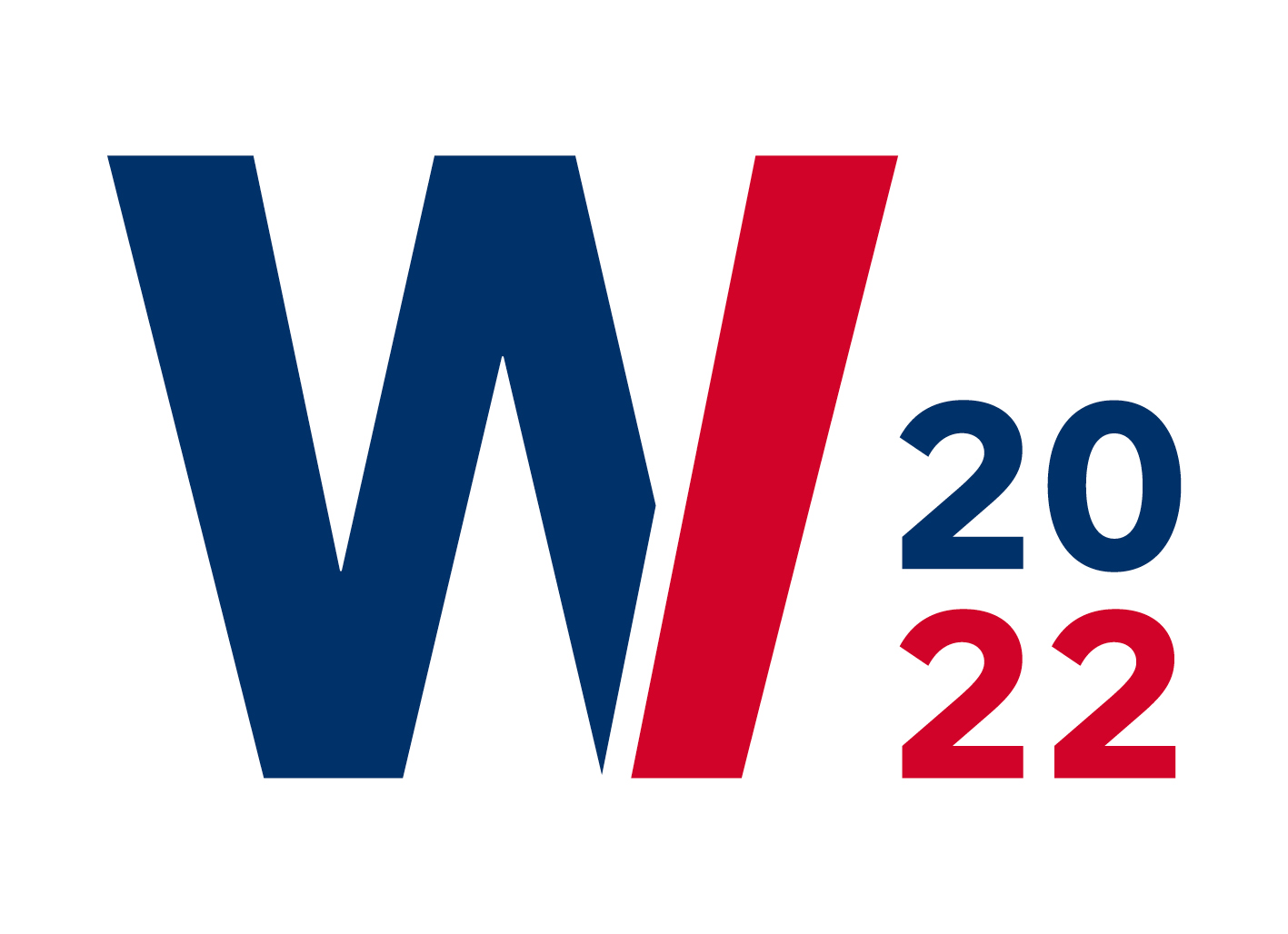Loading...
Description
Process mining bridges the gap between process management and data science by discovering process models using event logs derived from real-world data. Besides mandatory event attributes, additional attributes can be part of an event representing domain data, such as human resources and costs. Data-enhanced process models provide a visualization of domain data associated to process activities directly in the process model, allowing to monitor the actual values of domain data in the form of event attribute aggregations. However, event logs can have so many attributes that it is difficult to decide, which one is of interest to observe throughout the process. This paper introduces three mechanisms to support domain data selection, allowing process analysts and domain experts to progressively reach their information of interest. We applied the proposed technique on the MIMIC-IV real-world data set on hospitalizations in the US.
Recommended Citation
Cremerius, Jonas and Weske, Mathias, "Supporting Domain Data Selection in Data-Enhanced Process Models" (2022). Wirtschaftsinformatik 2022 Proceedings. 3.
https://aisel.aisnet.org/wi2022/bpm/bpm/3
Supporting Domain Data Selection in Data-Enhanced Process Models
Process mining bridges the gap between process management and data science by discovering process models using event logs derived from real-world data. Besides mandatory event attributes, additional attributes can be part of an event representing domain data, such as human resources and costs. Data-enhanced process models provide a visualization of domain data associated to process activities directly in the process model, allowing to monitor the actual values of domain data in the form of event attribute aggregations. However, event logs can have so many attributes that it is difficult to decide, which one is of interest to observe throughout the process. This paper introduces three mechanisms to support domain data selection, allowing process analysts and domain experts to progressively reach their information of interest. We applied the proposed technique on the MIMIC-IV real-world data set on hospitalizations in the US.


